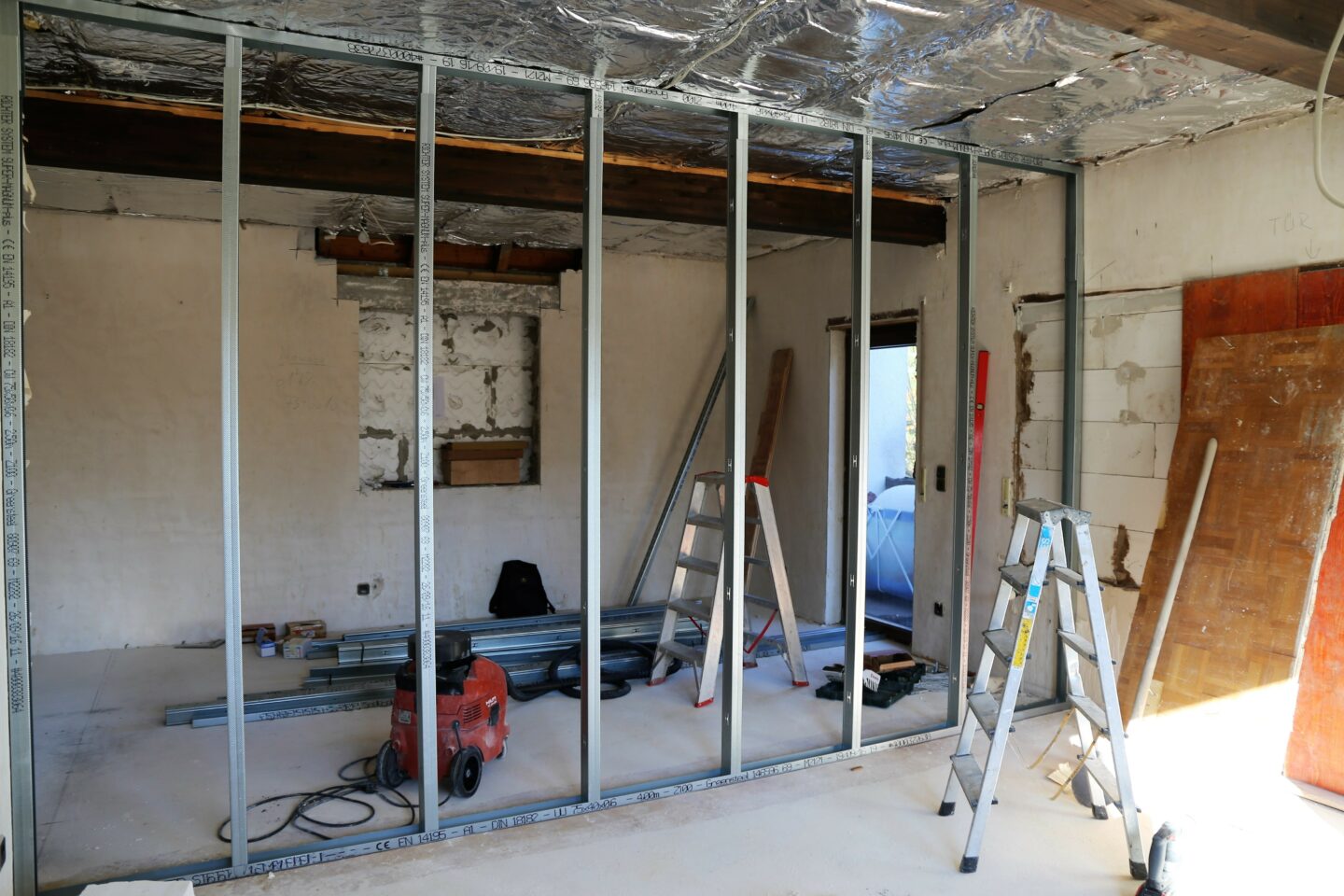The Implication of Substantial Building Alterations
In case of commercial building stocks, determining whether a building alteration is ‘substantial’ is a crucial step in managing your property long term. The importance is twofold: it ensures that the building complies with the necessary regulations, and it establishes whether seismic work must be performed on the building – which can significantly impact cost and difficulty.
Defining Substantial Alterations
In New Zealand, substantial alterations are defined as work that requires a building consent, has an estimated value of at least 25% of the building’s value, and is more than $150,000. Councils determine whether proposed work fulfills these criteria when they receive a building consent application. The decision is based on criteria set in regulations, such as whether the work includes seismic strengthening of an earthquake-prone building or part.
Valuing Your Assets
When making decisions about substantial alterations, councils rely on the total building value in case of earthquake-prone buildings. The value only takes into account the building’s worth, not the land. For a property with one building and one unit paying rates, and all improvements made, the value of the improvements from the most recent rateable value determines the total building value. However, for properties with several buildings and only one is earthquake prone or where the alteration is for one unit in a multi-unit building, the owners must propose a fair value to the council supported with relevant evidence.

Implications of Substantial Work on Seismic Upgrades
If building work is determined to be substantial, seismic work must be completed alongside the alterations; otherwise, the council cannot approve the building consent. However, if the work is not determined to be substantial, there is no requirement for seismic strengthening, lowering the cost and difficulty of the consent process.
Seismic Strengthening Requirements
If the building is deemed earthquake-prone, and an EPB notice is issued, the building owner will be required to make seismic upgrades to their building. However, if the work is not deemed substantial, the requirements for seismic strengthening of the entire building are not triggered.
Expert Guidance
Building owners should work with a specialist building consulting practice or other experts who have a good understanding of these regulations when embarking on a building project. If a building owner thinks that the proposed work may be considered substantial, they should check with their council promptly.
Balancing the challenges
If seismic work is required, there may be implications beyond the obvious cost. The work can be technically challenging, and the building’s use may be disrupted during its duration. In some cases, it may be more cost-effective for a building owner to completely rebuild their structure instead of attempting to perform the upgrades, which could result in a significant long-term asset loss.
